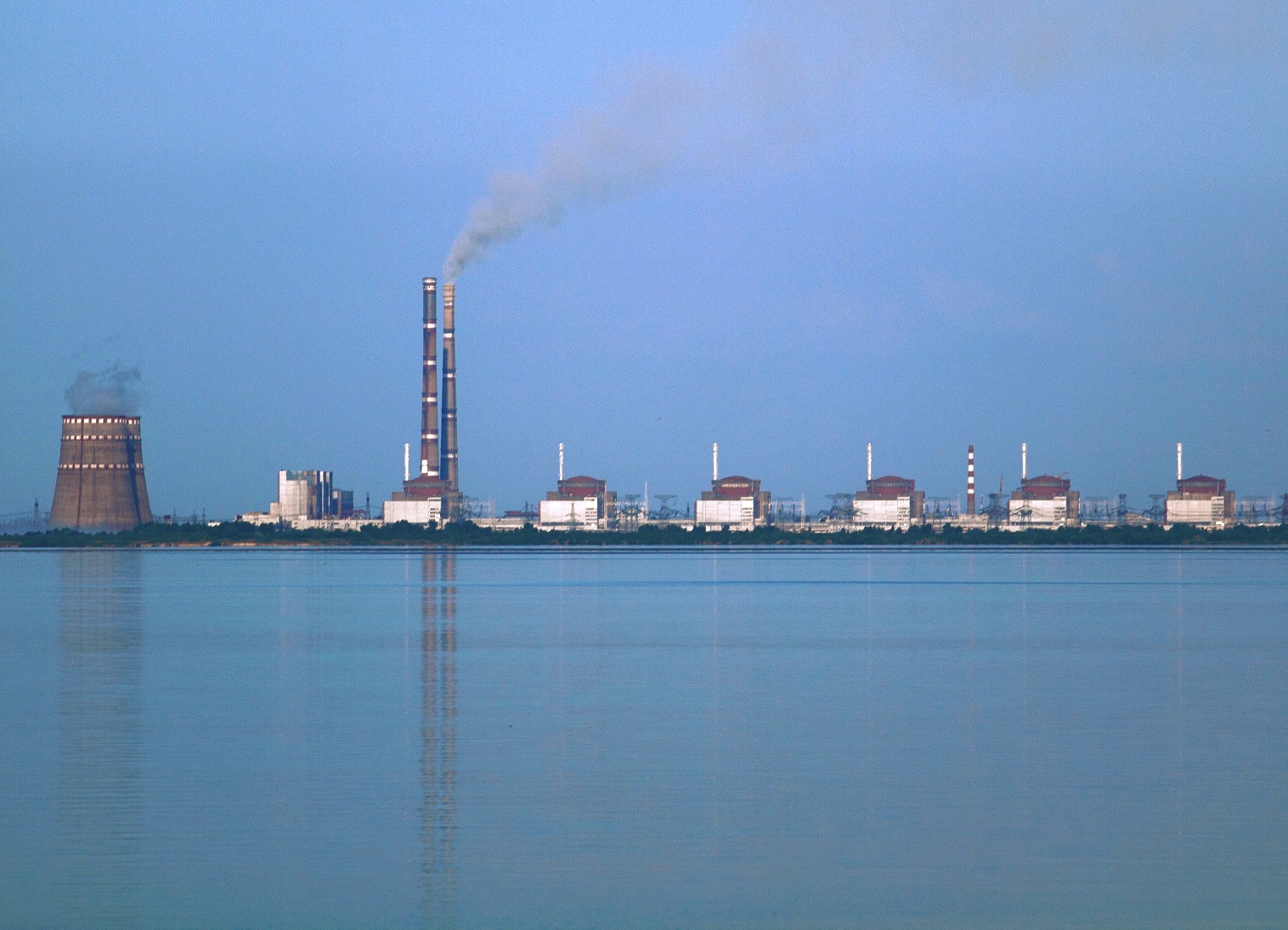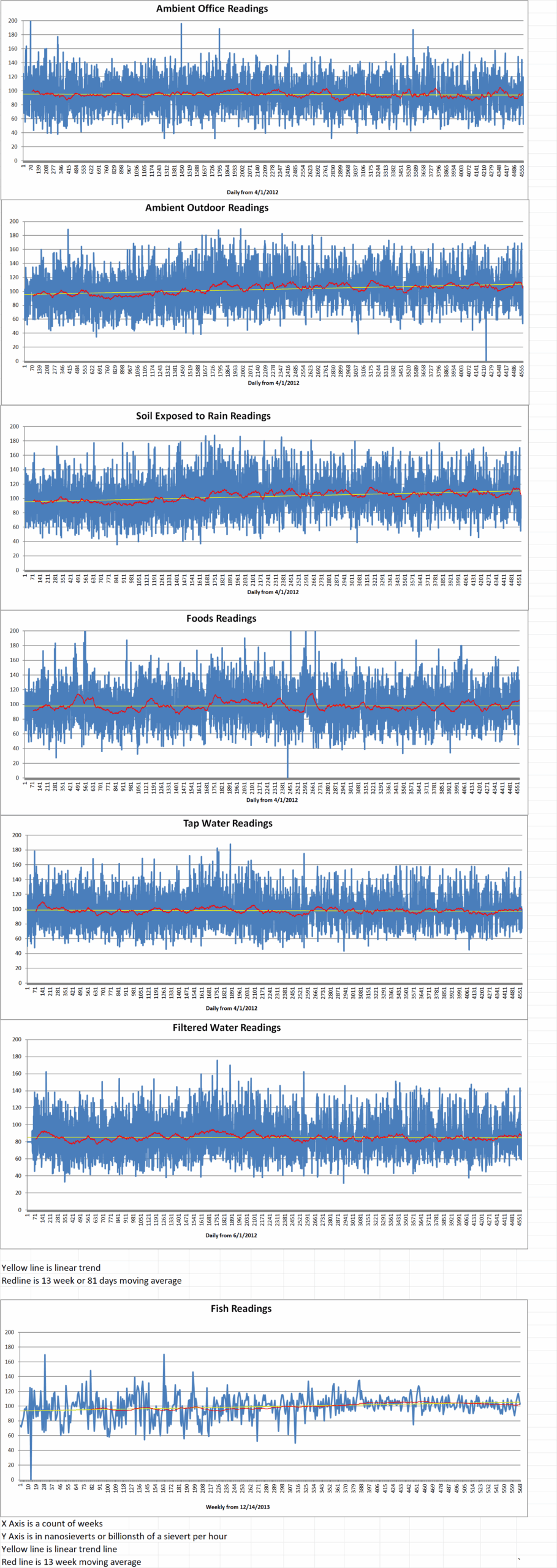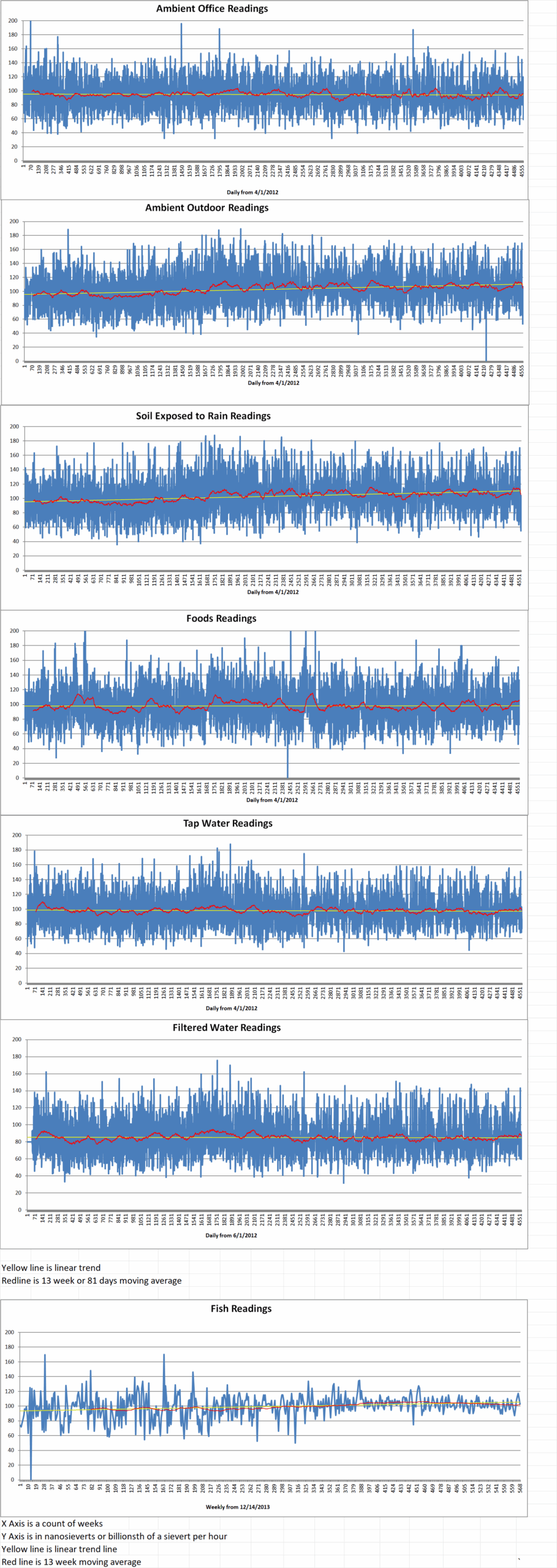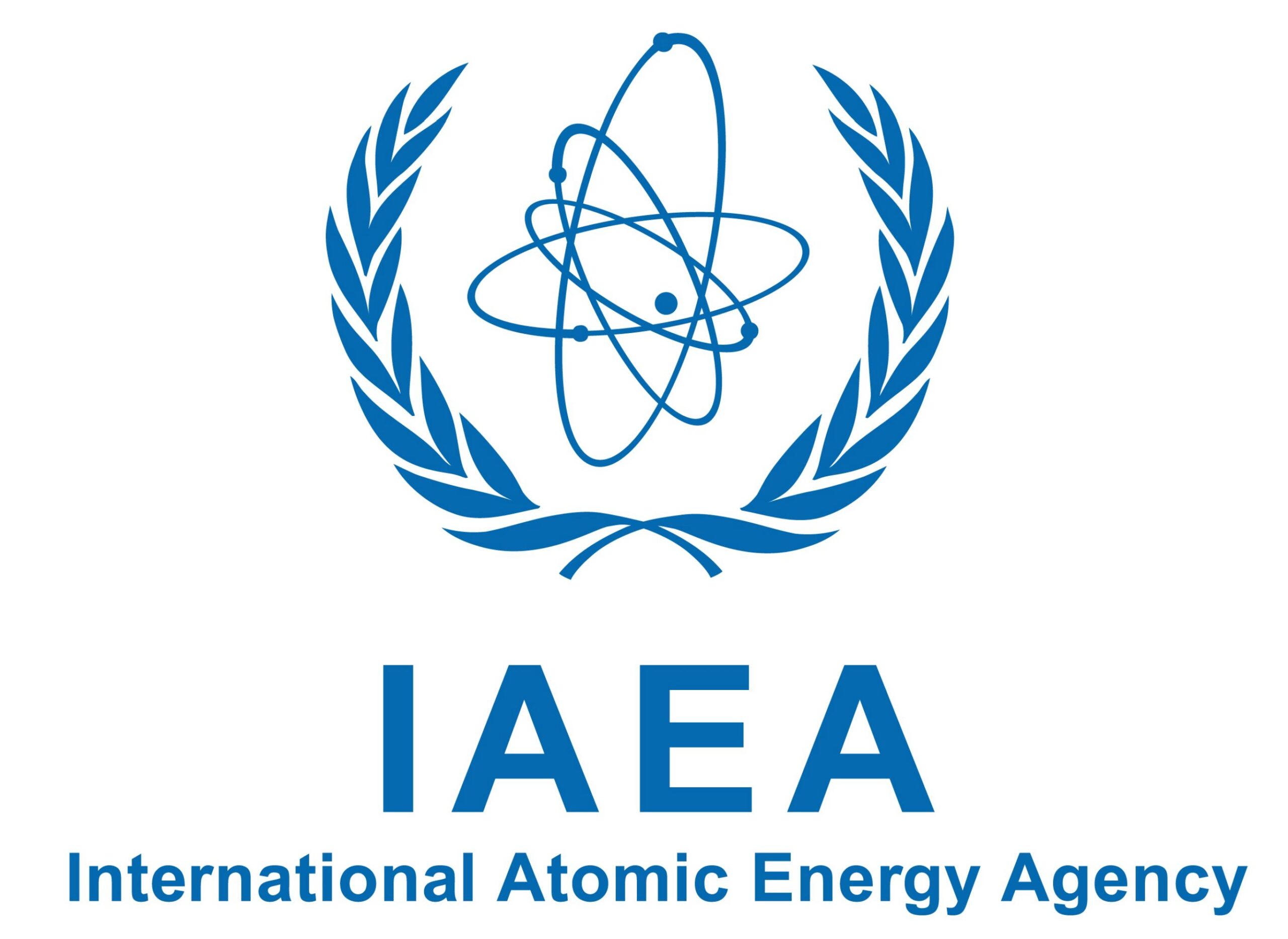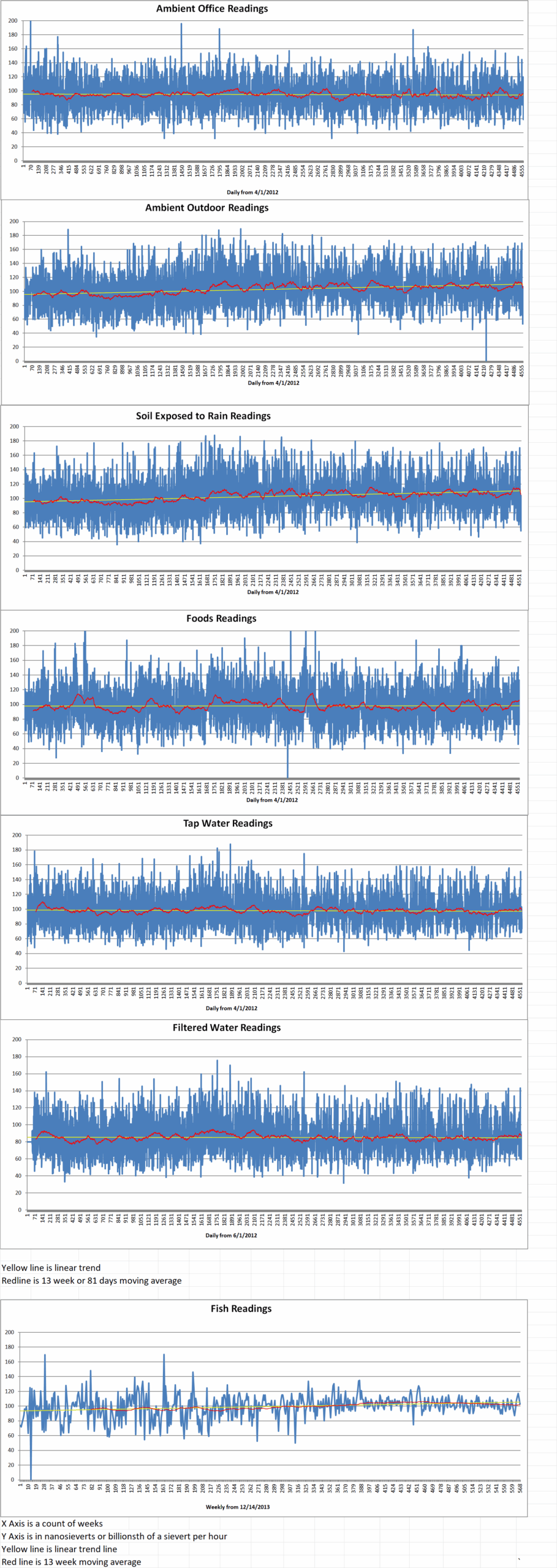Part 2 of 2 Parts (Please read Part 1 first)
It has two layers of internal and external cladding around the main steel structure – about thirteen yards apart – with both layers being breached in the drone incident. The NSC was designed to allow for the eventual dismantling of the ageing makeshift shelter from 1986 and the management of the radioactive waste that it contained. It is also designed to withstand temperatures ranging from minus one hundred- and nine-degrees Fahrenheit to plus one hundred- and thirteen-degrees Fahrenheit, a class-three tornado, and an earthquake with a magnitude of six on the Richter scale.
According to the World Nuclear Association, the hermetically-sealed NSC allows “engineers to remotely dismantle the 1986 structure that has shielded the remains of the reactor from the weather since the weeks after the accident. It will enable the eventual removal of the fuel-containing materials in the bottom of the reactor building and accommodate their characterization, compaction, and packing for disposal. This task represents the most important step in eliminating nuclear hazard at the site – and the real start of dismantling”.
The NSC was financed via the Chernobyl Shelter Fund which is run by the European Bank for Reconstruction and Development (EBRD). It received one billion seven hundred million dollars from forty-five donor countries and the EBRD provided five hundred and thirty-six million dollars of its own resources.
On the 4th of March, the EBRD allocated four hundred and forty-seven dollars from the administrative budget of the continuing fund for specialist-led damage assessment.
The IAEA reported that the Ukrainian Zaporizhzhia nuclear power plant lost one of its two remaining external power lines on Wednesday. The Ukraine’s Ministry of Energy told them that the loss of the power line was the result of Russian military activity. Before the war, the plant had ten external power lines.
Grossi said, “A secure supply of off-site power from the grid for all nuclear sites is one of the seven indispensable pillars of nuclear safety and security that we outlined early in the war. It is obvious that this supply is far from being secure. The vulnerability of the grid remains a deep source of concern for nuclear safety.”.
The Zaporizhzhia plant has been under Russian military control since March 2022. It is located on the line between Russian and Ukrainian forces and has lost access to off-site power on eight occasions during the war The plant has to rely on emergency diesel generators to provide the power needed for safety functions.
Grossi said that he has been in touch with both sides in the conflict as he seeks to organize the next rotation of the IAEA experts stationed at the plant. Differences over the route to be taken – via Ukraine or from the Russian side – and the safety situation has resulted in the current team now being at the plant for over two months.
The IAEA teams currently based at Ukraine’s three operating nuclear power plants and at Chernobyl “have continued to report about air raid alarms on most days over the past week”, the IAEA added.

